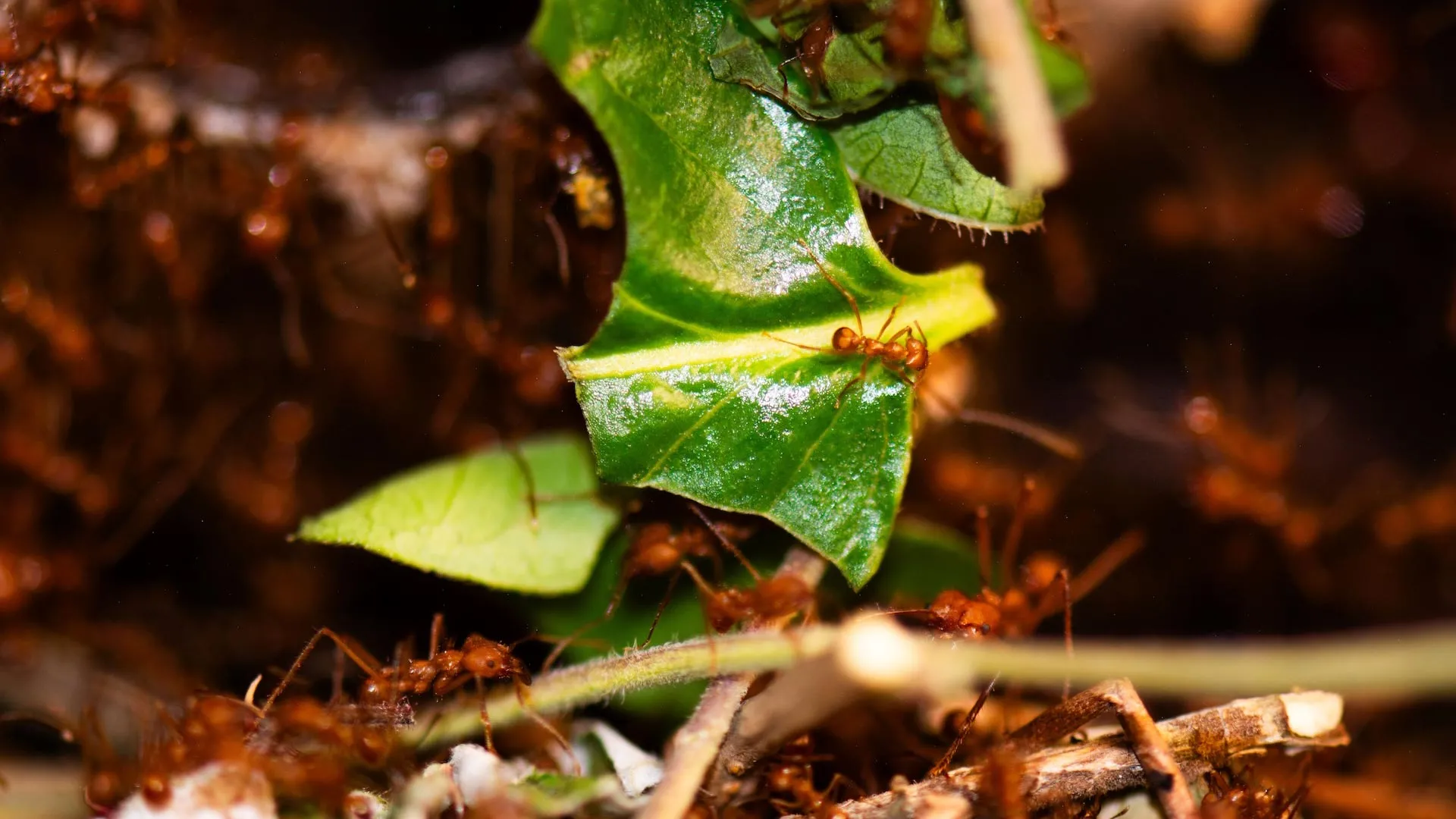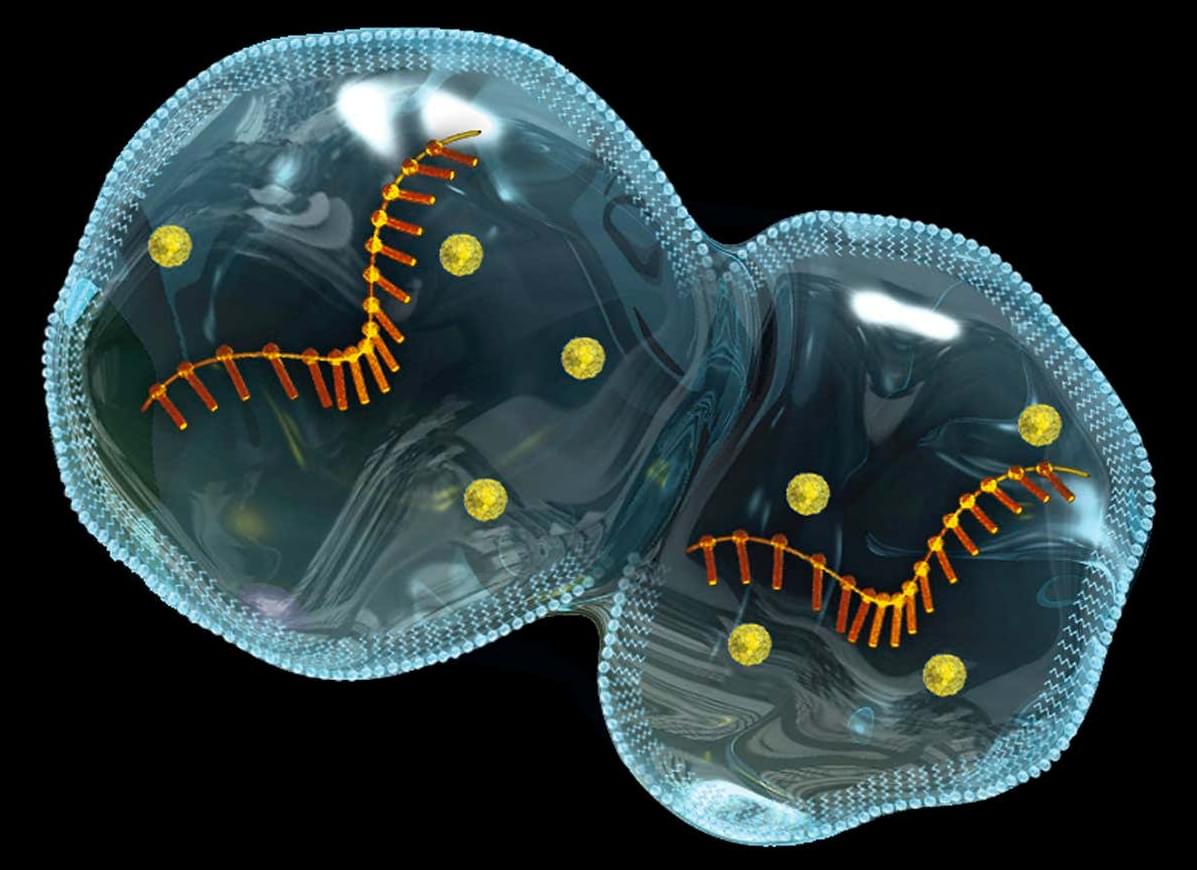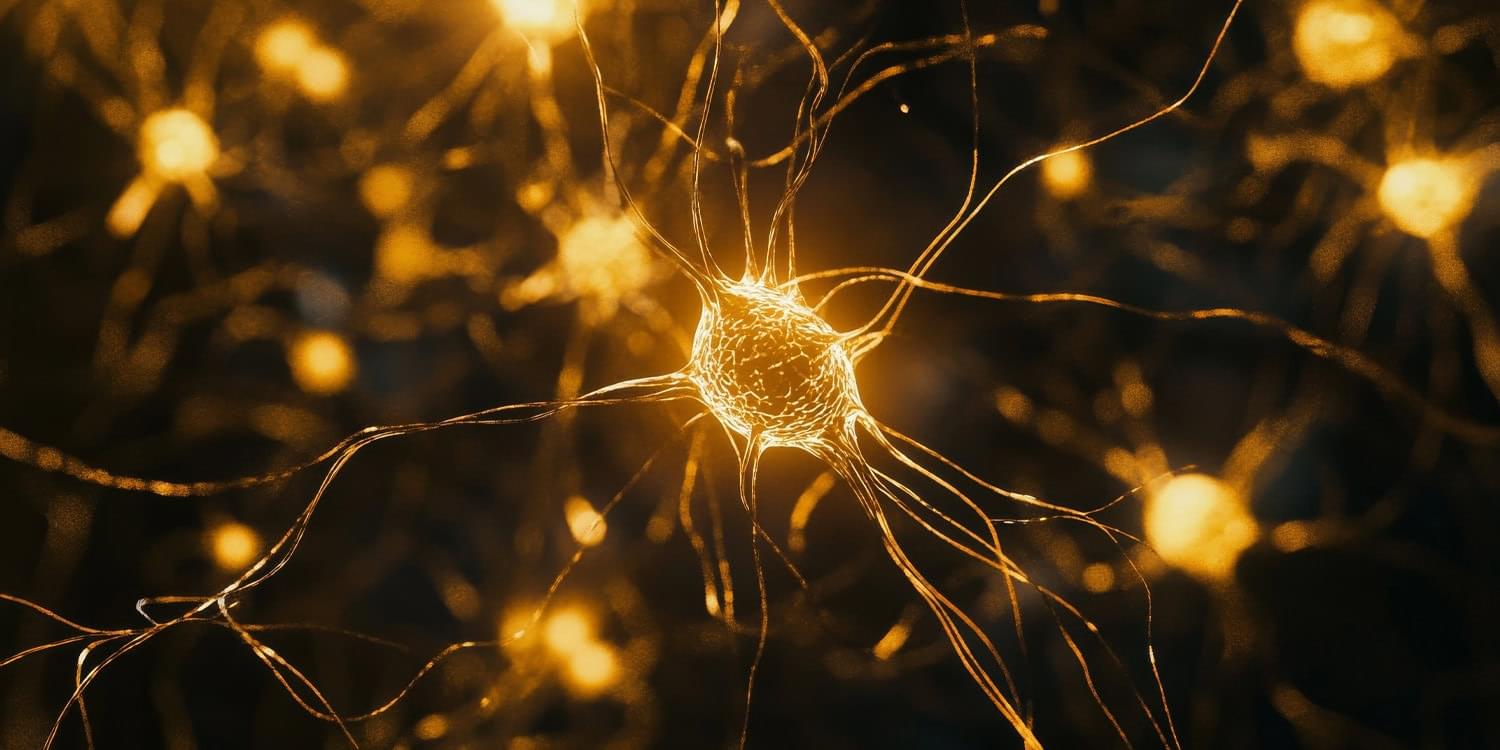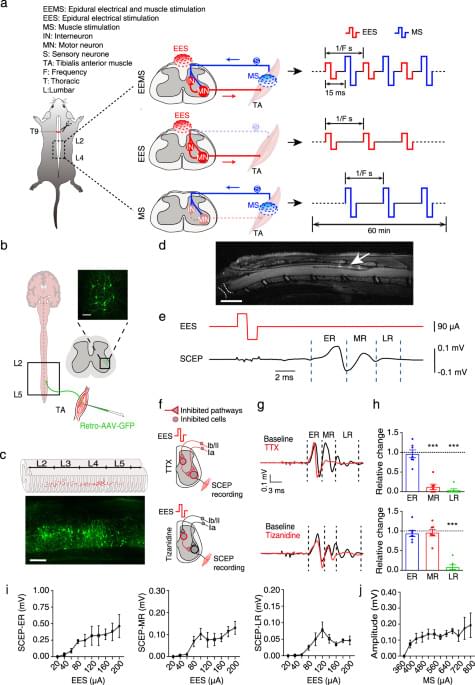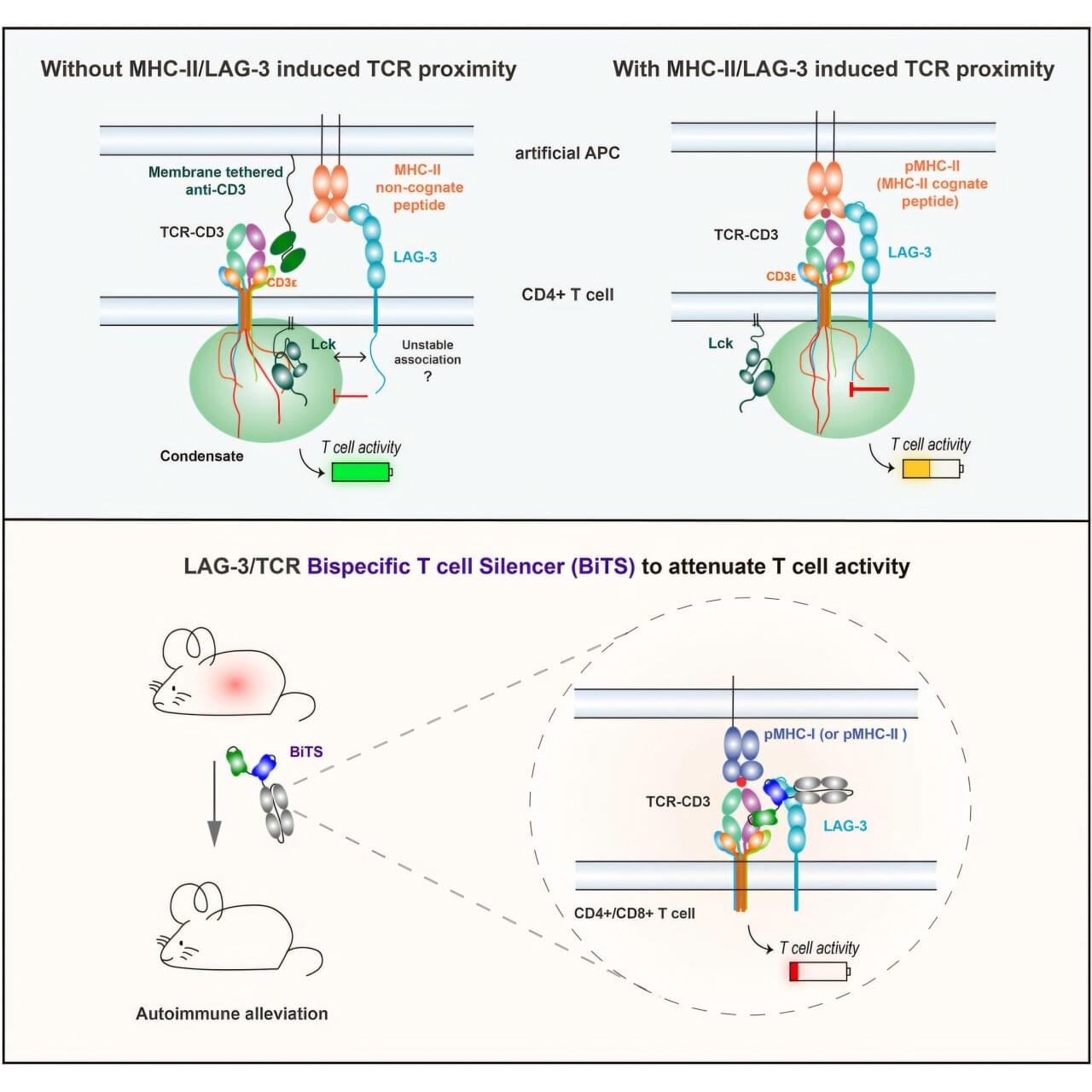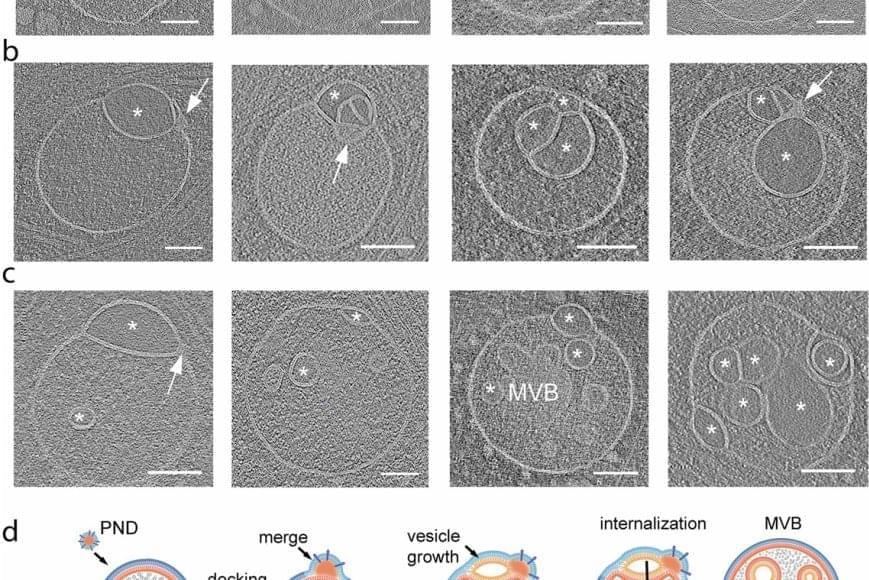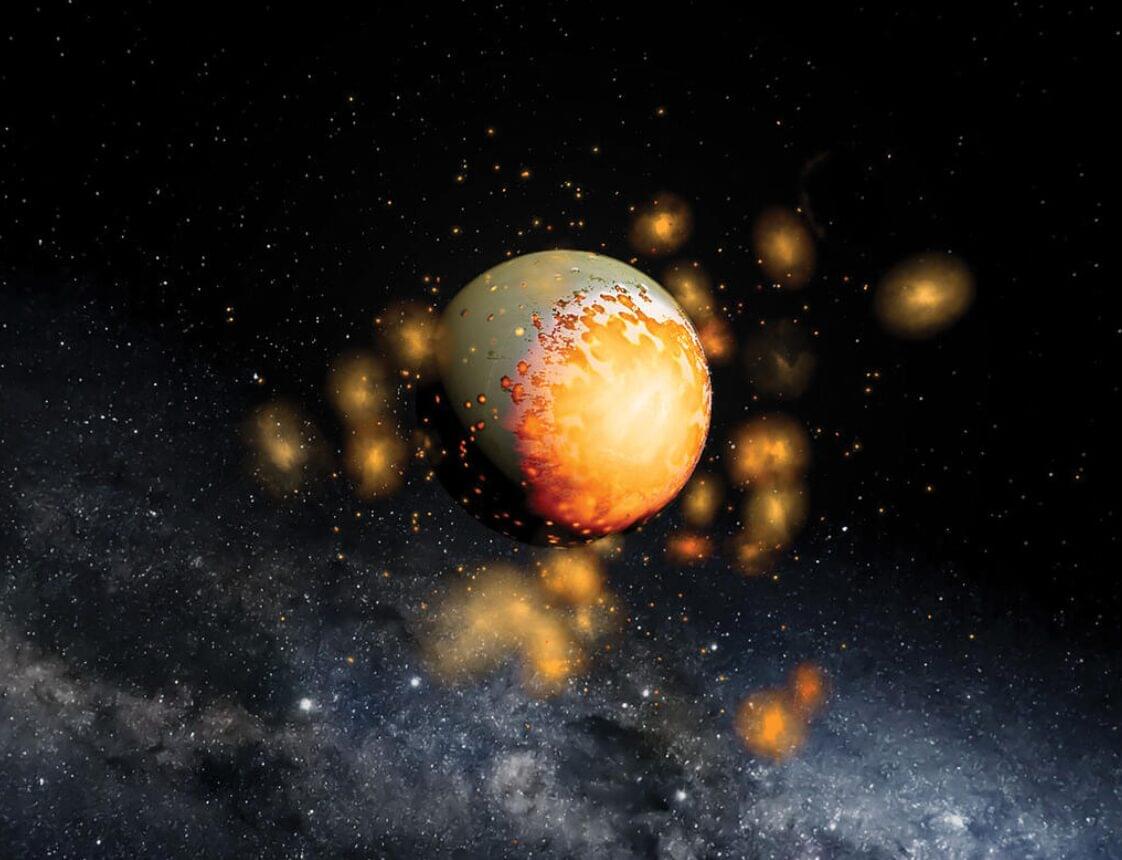Leafcutter ants live in highly organized colonies where every ant has a job, and now researchers can flip those jobs like a switch. By manipulating just two neuropeptides, scientists can turn defenders into nurses or gardeners into leaf harvesters. These same molecular signals echo in naked mole-rats, revealing a deep evolutionary link in how complex societies function, even across species. The study also teases out a possible connection to insulin and longevity, hinting at new frontiers in understanding human behavior and lifespan.
